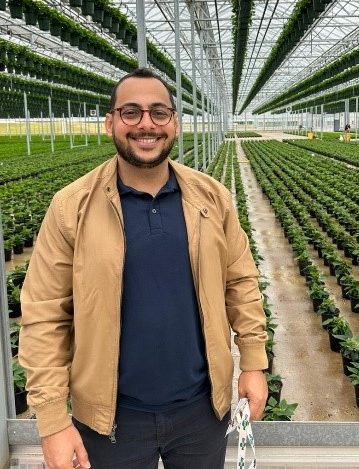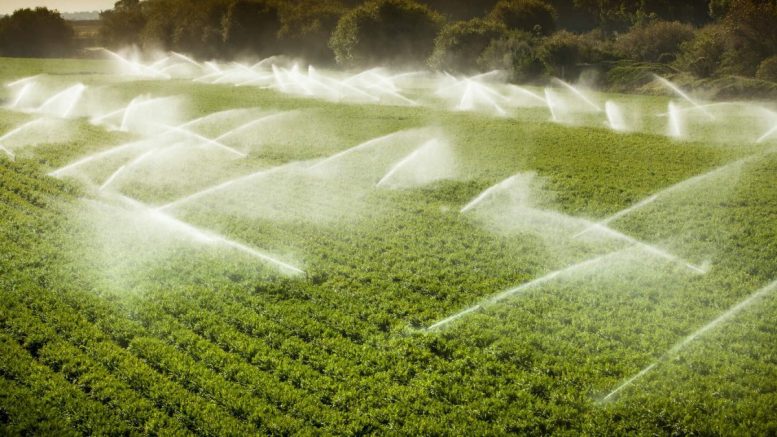“…o melhoramento genético para obtenção de cultivares tolerantes à seca é uma alternativa estratégica, pois aumenta a resiliência dos cultivos…”
Edgard Henrique Costa Silva é professor de graduação e pós-graduação em agronomia da Universidade do Oeste Paulista – Unoeste.
Silva é engenheiro agrônomo pela Universidade Federal do Tocantins, mestre e doutor em agronomia pela Universidade Estadual de São Paulo.

Edgard Silva, professor da Unoeste
O cenário é inquietante. Por um lado, existe aumento da demanda por alimentos; por outro lado, existe a necessidade crescente de se produzir com menor impacto socioambiental, em condições climáticas cada vez mais instáveis.
A vida depende da água, que está envolvida nos mais variados processos fisiológicos das plantas e, quando em níveis abaixo do ideal, desencadeia reações de adaptação: as plantas saem de situação de produção para a de sobrevivência, o que é problemático. A falta de água também está comumente associada com temperaturas elevadas, que caracterizam outro estresse importante para plantas. A “nova agricultura” precisa ter isso em mente, pois os estresses causados pela falta de água e altas temperaturas têm diminuído a produtividade agrícola.
Estratégias contra o déficit hídrico
Várias estratégias podem ser adotadas visando mitigar os efeitos do déficit de água. Uma delas é a irrigação, muito embora essa seja uma tecnologia acessível apenas para um número limitado de produtores e regiões. O fornecimento artificial de água pode contribuir significativamente para manutenção da produtividade em situações climáticas instáveis. A construção do sistema radicular das plantas, visando explorar camadas mais profundas do perfil do solo, também pode ser interessante para mitigar o estresse hídrico. Outras estratégias são: utilizar sementes de qualidade, adotar um manejo sustentável do solo, utilizar bioinsumos que promovam tolerância, etc.
“Produzir mais com menos água é uma habilidade que a agricultura terá que desenvolver ou aprimorar”
Além disso, o melhoramento genético para obtenção de cultivares tolerantes à seca é uma alternativa estratégica, pois aumenta a resiliência dos cultivos sem envolver custos adicionais significativos, já que a tecnologia viria “embutida” no material de propagação. Sabe-se que alguns genótipos desenvolvem mecanismos morfológicos e/ou fisiológicos que permitem tolerar, até certos níveis, a falta de água. Existem também materiais que precisam de menos água para produzir ou são capazes de se recuperar após período de estiagem. Para o melhoramento genético, é imprescindível identificar esses genótipos tolerantes ou mais eficientes no uso da água para que possam ser incorporados em um programa com objetivos bem definidos.
Mesmo assim, embora a tolerância contra a seca seja importante atributo nas cultivares modernas, as variedades desenvolvidas também devem apresentar um desempenho agronômico competitivo. Espera-se que as novas cultivares produzam o mesmo tanto ou mais (e com a mesma qualidade) que aquelas que já se encontram com condições adequadas de água no solo.
Produzir mais com menos água é uma habilidade que a agricultura terá que desenvolver ou aprimorar. A obtenção de cultivares tolerantes à seca impacta fortemente a segurança alimentar, além de influenciar diretamente nos Objetivos de Desenvolvimento Sustentável (ODS) da Organização das Nações Unidas de número 2 (fome zero e agricultura sustentável), 6 (água potável e saneamento) e 12 (consumo e produção responsáveis).
LEIA MAIS:

